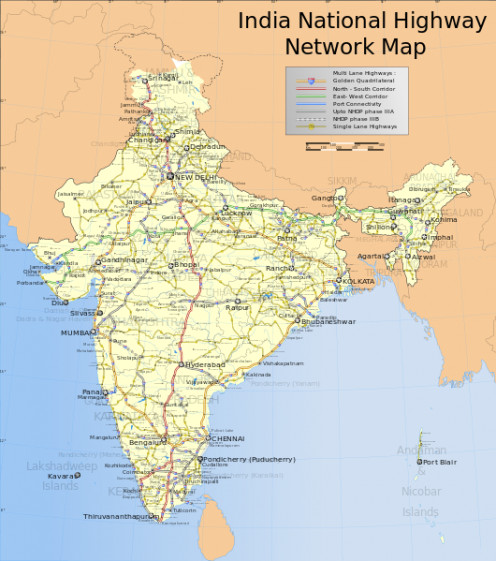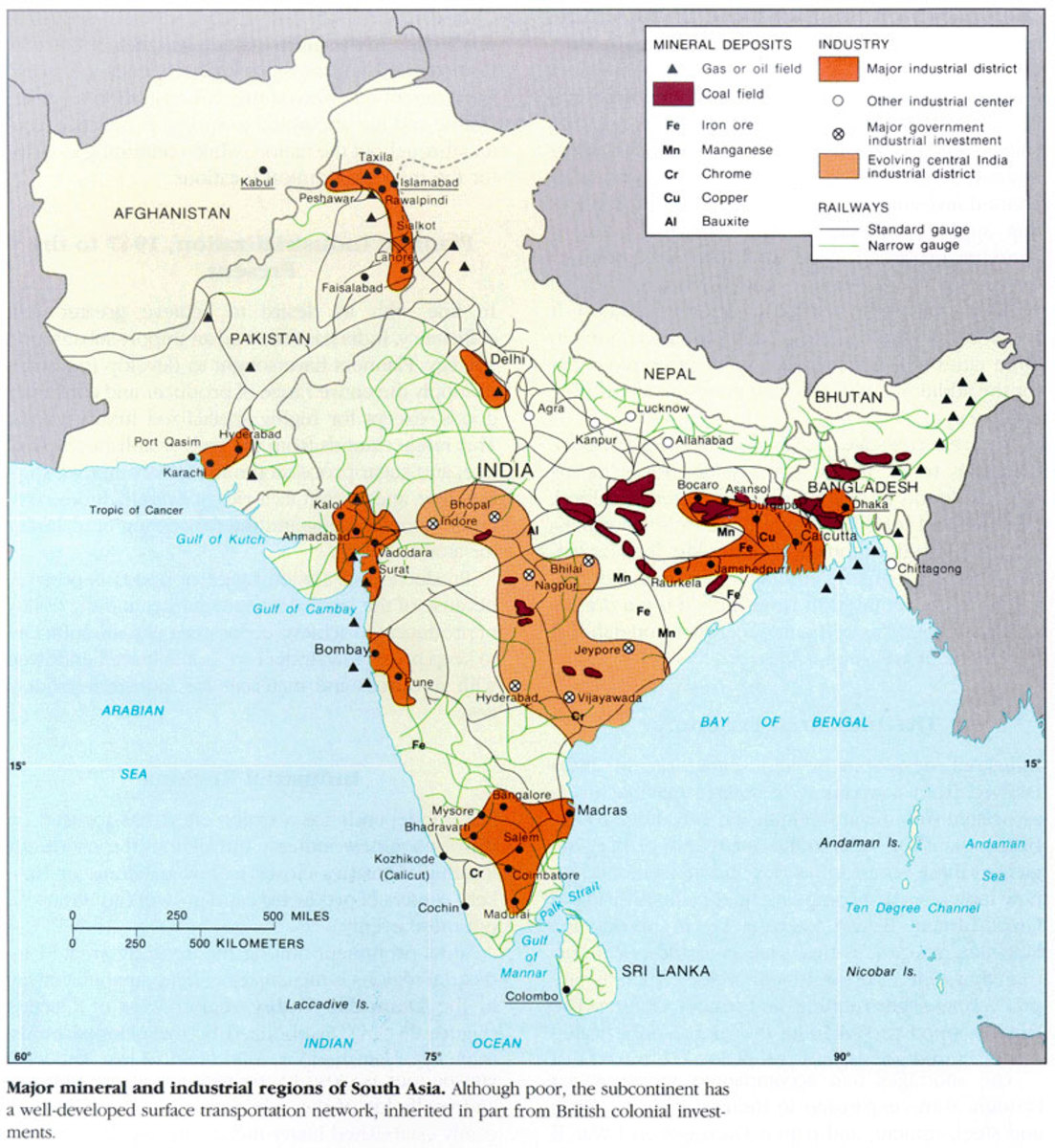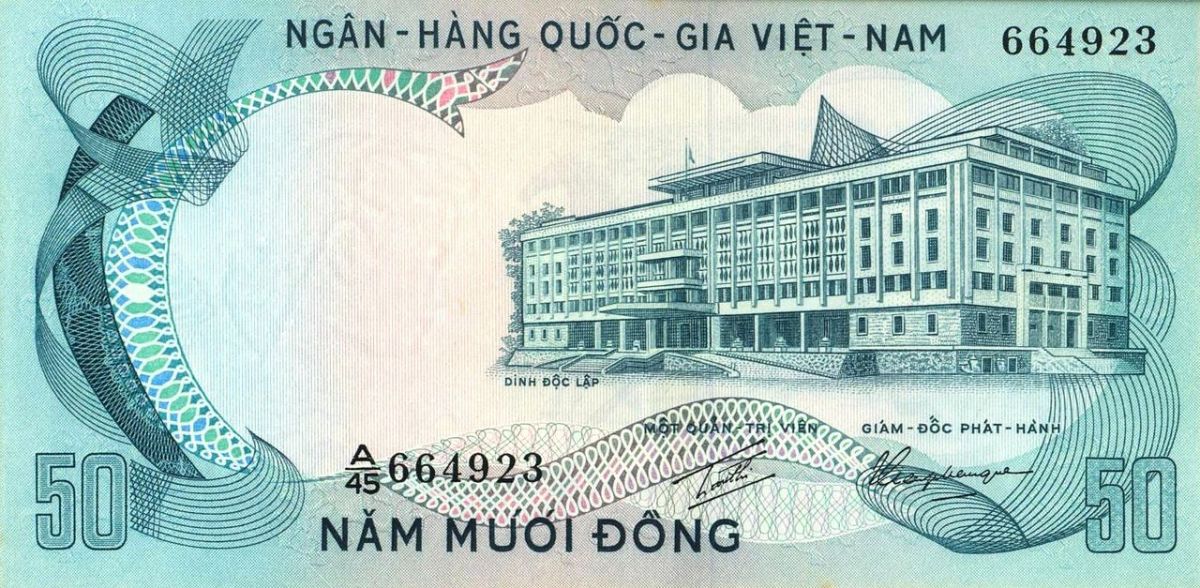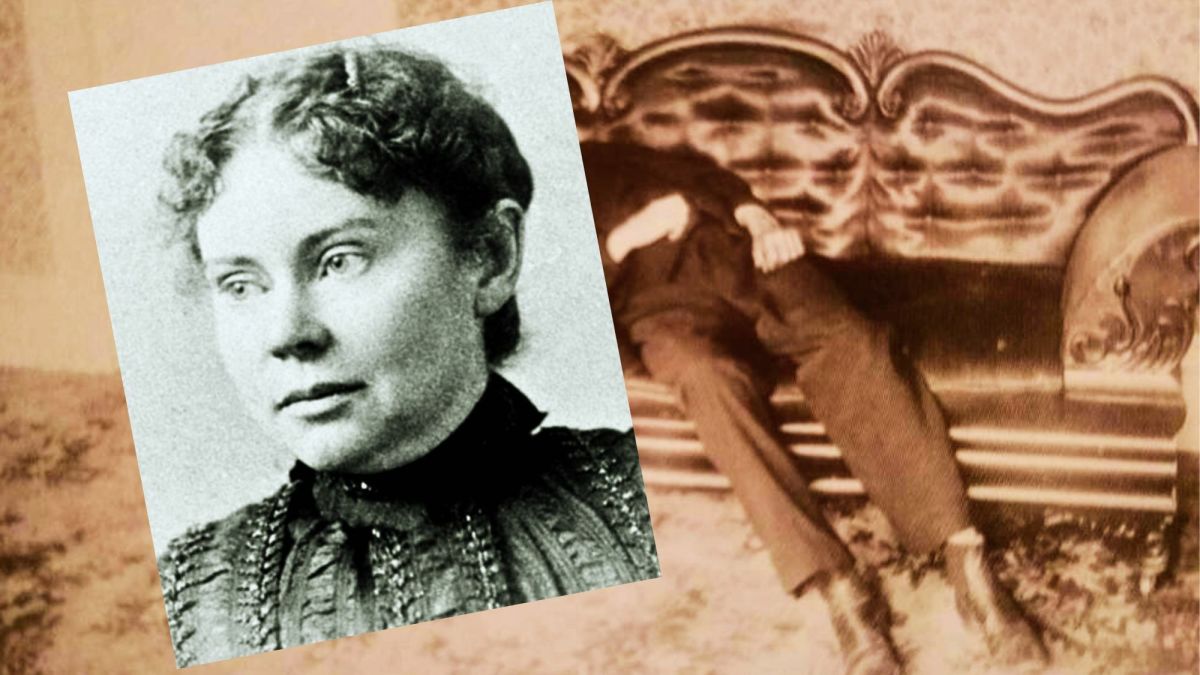Five Year Plans and Indian Development

Introduction
India became an independent country on 15th August, 1947. India was a colony of various powers from 17th century onwards. When India become a free country, the Indian scenario was more stricken, because of the political instability, minority issues, pain of partition, poverty suffering people….. Even thought the colonization created many bad impacts, there were certain other benefits which helped India a lot such as the introduction of English education, developments in infrastructure facilities like railway network, canals, bridges, communication network etc.
The post World War II and the independence of India was in a striking time. Because of the instability of the economical, political and social. But the leaders of India took it as a challenge and lead the country efficiently.
Before the independence of India, there were arguments for following a scientific planning program in India. Some of the plans prepared before 1950 are mentioned below.
i) National Planning Committee of 1938.
Indian National Congress appointed a National Planning Committee under the chairmanship of Jawaharlal Nehru. They argued for the improvement of Indian industrial sector. Along with this emphasis on industrialization, they also highlighted the importance of medium scale industries, small scale industries especially connected with the agricultural sector.
ii) Bombay Plan
Bombay Plan was the product of eight industrialists including J.D Birla. This plan was actually introduced as ‘A Plan Of Economic Development’ in 1943, But later it become to known as ‘Bombay Plan’. Their main argument was, India can double its national income within 15 years only through improving the basic infrastructure facilities.
iii) Ten Year Peoples’ Plan
This 'Peoples’ Plan' was introduced by M.N Roy during the same time of Bombay Plan. Through this M.N Roy highlighted the importance of agricultural development and increasing the productivity of consumer products. But unfortunately this ideology failed to implement
iv) Gandhian Plan
Gandhian Plan was introduced by Shriman Narayanan Agarlwal. Gandhian Plan was focused on the strengthening of rural development, agricultural development, small scale industries etc.
Into Five Year Planning Policy
In 1950 the National Planning Commission was appointed by the government of India under the chairmanship of Jawaharlal Nehru, which decided to follow the five year planning program in India. The commission consisted of some eminent leaders of that time. This was a landmark event in the history of India. As a result of this the government of India adopted the five year planning. The major aims of the five year plan includes, increase the production, eradicate unemployment, attain self sufficiency…..
India followed a mixed economy. So, both the private and public sectors worked together. Public sector focused on certain heavy or mega projects while the private sector functioned in consumer durable item, other industries etc. Now, it is the time analyze the experiences of five year planning of India.
First Five Year Plan (1951-56)
The post war of World War II and the partition of India created instability in India, that was a great shock. There were people suffering poverty, unemployment etc. At the same time, majority of the people were engaged in agriculture. So, naturally the first five year plan focused on the development of Indian priority sectors including agriculture, small scale industry, health care etc. As a part of this, the government also gave more importance to irrigation facility, power supply etc. Mega projects like Mettur dam, Hirakud dam and Bhakra dam were constructed in the first five year plan.
Second Five Year Plan (1956 -61)
Second five year plan played a vital role in the growth of India. Since the first five year plan highly concentrated on the agriculture and allied sectors, there arose the urgent for industrialization. P.C Mahalanobis, a well known statistician was the key brain of the second five year plan. The plan aimed for the rapid industrialization, generation of employment opportunities, increase in the national income, reduction in the wealth and income inequalities.
Even though the second five year plan aimed to attain 4.5 growth, it was limited to 4%. Anyway during the second five year plan national income of the country increased by 8% and created many employment opportunities. At the same time India failed to meet the food requirement for the people. So, India imported food items especially from United States.
Third Five Year Plan and Wars
Third five year plan was a little bit tragic one. the plan aimed to improve the manufacturing of capital goods. It also focused on the improvement of energy sector, mining, chemicals etc. Along with the industrialization, agriculture sector considered as a vital one.
From the initial stage of third five year plan, India got maximum benefits. But unfortunately there happened two wars, against China in 1961 and against Pakistan in 1965. So, the unfavorable condition and existence of drought were created more complicated situation. And also the import of different commodities increased. The value of Indian currency also lost. These bad conditions made a bad result in the third five year plan.
Fourth Five Year Plan
After the war, and the death of Jawaharlal Nehru (1964) the planning process of India lost its continuation. Anyway the fourth five year plan came in to reality in 1969. the fourth five year plan highly concentrated on the social development including education, employment, development of marginalized people etc. During this time also India faced war against Bangladesh. Gradually the condition become more danger and India suffered the problem of inflation, natural calamities, post war issues etc.
Fifth Five Year plan
During the fifth five year plan, Indian economy was in a very bad condition. So, the main purpose was to eliminate the economic issues like price raising, shortage of supply in necessary commodities. During this plan Indian national income increased by 5.2%.
Sixth Five Year Plan (1980-85)
The sixth five year plan was during the time of Prime Minister Indira Gandhi (India’s iron lady). The plan aimed to improve the agriculture, industries, exports… Population control was a unique feature of this plan. This was done by promoting nano families.
Seventh Five Year Plan (1985-90)
Seventh five year plan aimed for multiple achievements. This plan was more successful. Because the growth in agriculture and national income was increased more than the expected rate.
Eighth Five Year Plan (1992-97)
The adoption of liberalization, privatization and globalization highly influenced this plan. This plan aimed development through constructing better transportation facilities, irrigation facilities, communication networks etc.
Ninth Five Year Plan (1997-2002)
This planning aimed the overall development of India with the support of decentralized administration. This planning also gave more importance for the service sector like education, health care etc.
Tenth Five Year Plan (2002-07)
This plan was a continuation of the previous plans. India as a developing country attained a good growth rate. This plan was a successful one.
Eleventh Five Year Plan (2007-12)
This plan was a great one in the history of India. The performance of India during the recent financial crisis of 2008 was a model for others. Indian growth rate arrived at near 10%. Once India host 2nd place in terms of GDP after China.
12th Five Year Plan (2012-17)
This is the current five year plan of India. According to this India aimed to attain 9% growth. But the recent economic conditions is not favorable, which push back India from its vision of 9% growth. Any way let us see the overall result in 2017.
Planning Breaks
From 1966 to 1969, India followed annual plans because of the unfavorable conditions. During 1990 to 1992 also, India followed the same, mainly because of economic instabilities..









